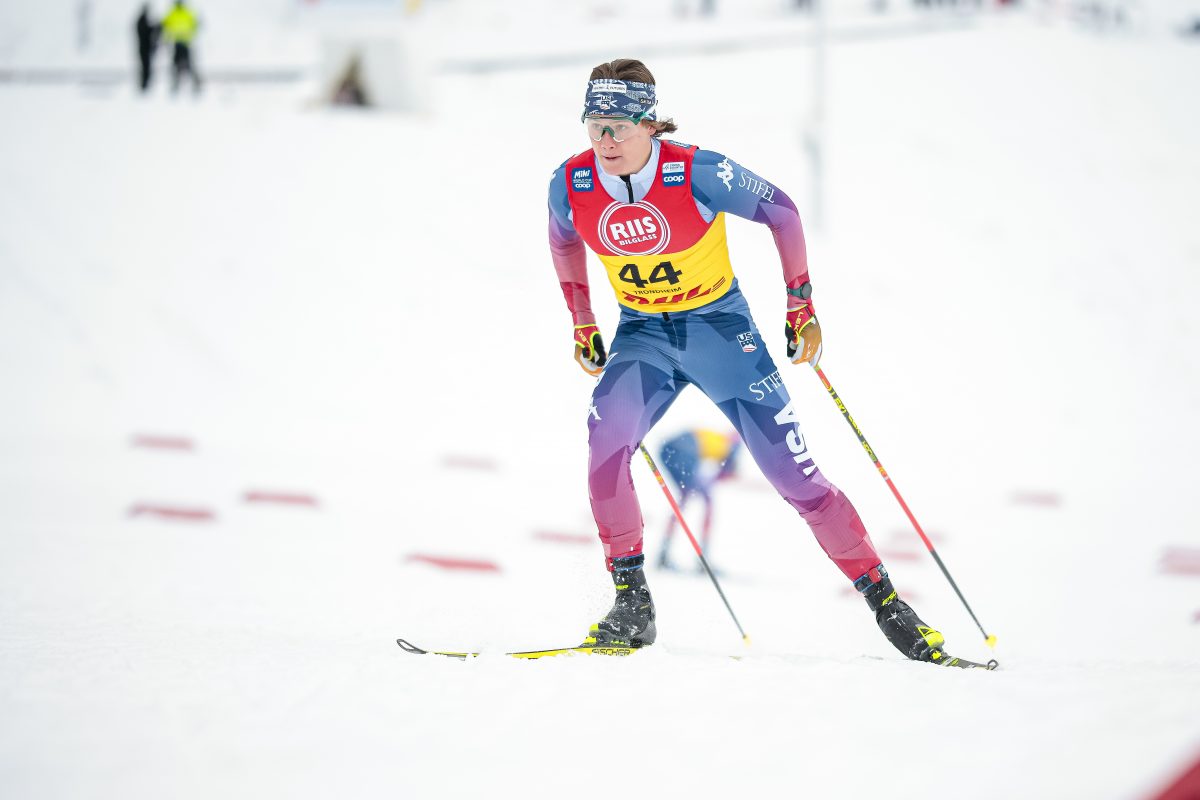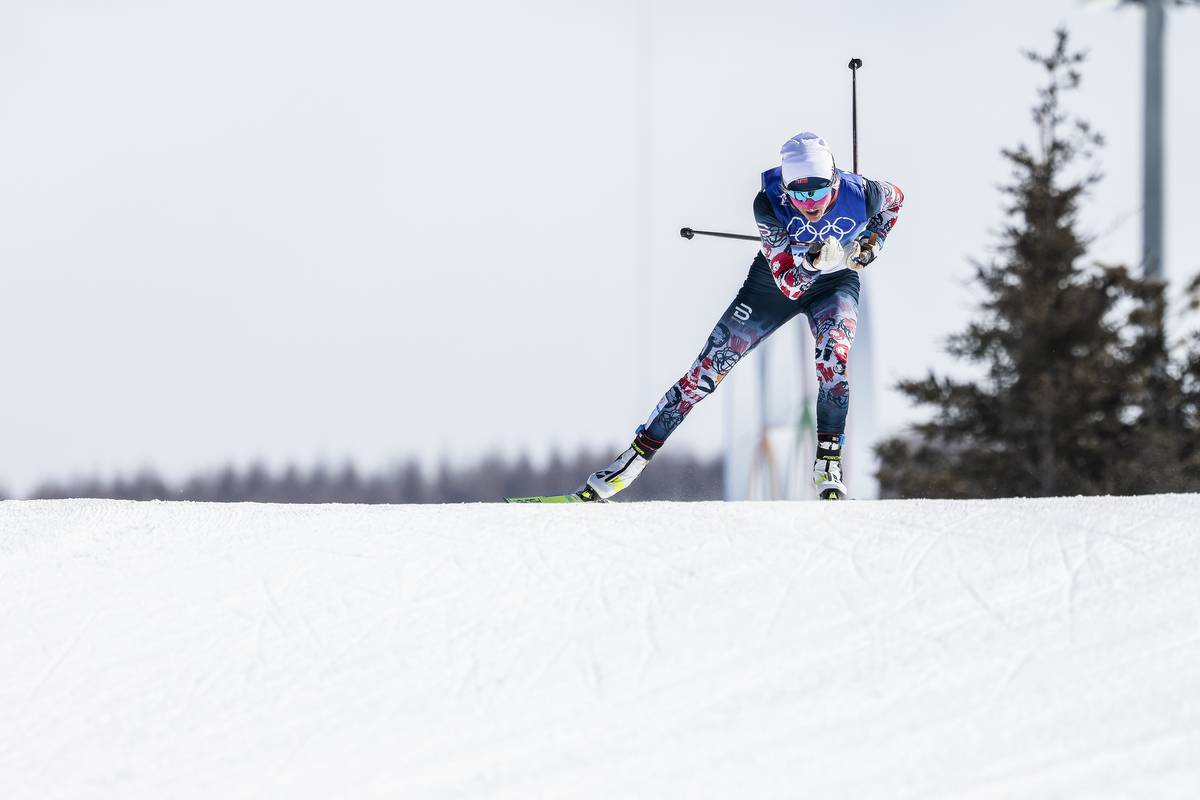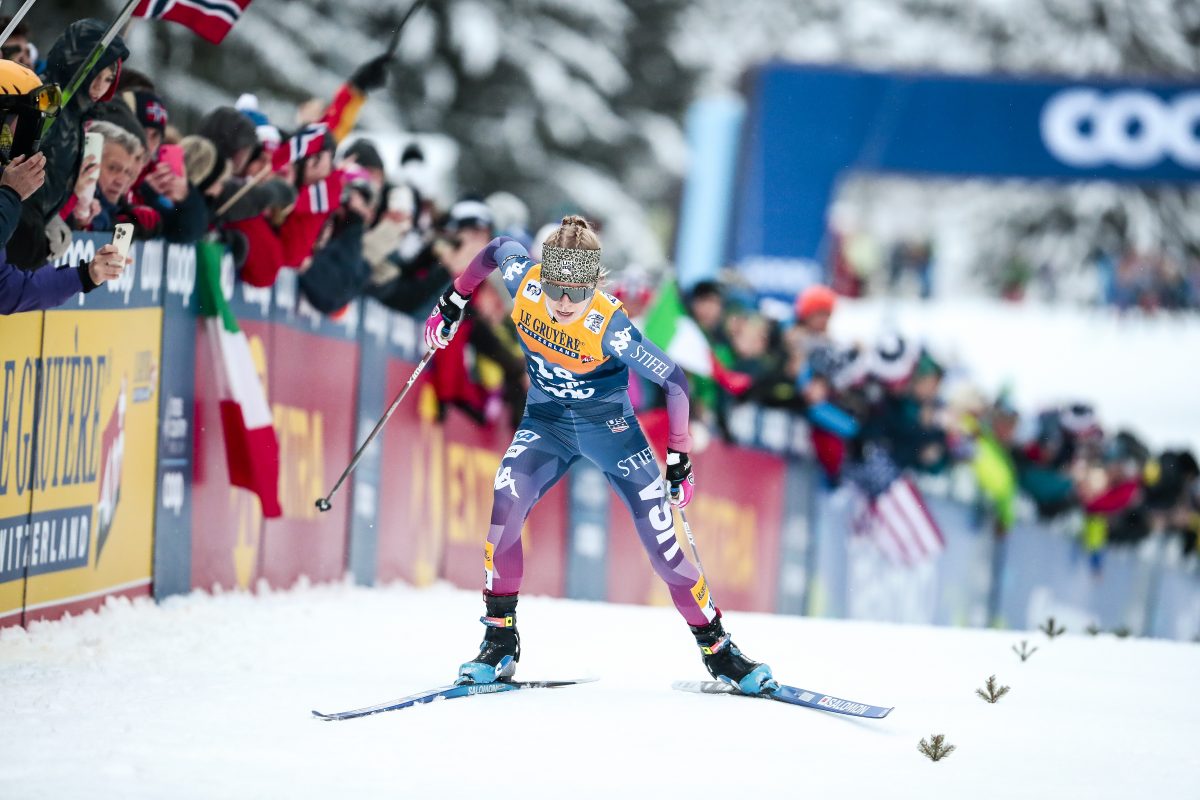Lake Placid, NY: Prior to this year’s EISA (Eastern Intercollegiate Ski Association) meeting, the Nordic coaches had a chance to attend a technique session hosted by national team coach Pete Vordenberg and Continental Cup coach Matt Whitcomb. Although many of the EISA coaches had recently attended other coaches’ conferences, this was a great opportunity and was well attended. While some aspects of technique (and technique training) haven’t changed in many years, other areas seem to be rapidly evolving: It was around these “new†innovations that much of the dialogue focused. Matt and Pete did a great job supporting their assertions with both the latest research and actual World Cup experience.
After meeting at the Olympic training center (on an absolutely beautiful afternoon in the colorful Adirondacks), we drove a short distance out Bear Cub Lane and strapped on our roller-skis; Pete was in charge of the skate instruction and Matt was responsible for classic. While their programs were quite different, much of what was presented—particularly with double poling and V2—emphasized the same technical aspects. I won’t go into too much detail, but a few important commonalities emerged. “Forward fall,†coordinated movements, efficiency, “high hips†(throughout the whole movement), and compact power application were some of the major points. None of these are new ideas. However, the way that these ideas were presented and the relative importance of each certainly were different from other sessions I have attended. For instance, with the increased use of double poling and double pole kick, the assertion was made that the relative importance of diagonal is less—I may not have been totally convinced, but it is an interesting point. It is also relevant to mention that the presentations were not made in absolute terms; Matt and Pete were both open to discussion and feedback, and seemed interested in continuing to experiment and innovate.
They presented technical solutions in the context of current elite level competition. An excellent example was made using double poling. In modern racing, with the equipment (including track preparation) and training, it is possible to double pole much further up a hill. If the way that technique is being used is changing, it is only natural that the technique will also evolve. The result in double poling has been greater utilization of compact core work and increased focus on preserving “forward fall.†This may not have been realistic 15 years ago, but this is in line with current trends. Having said this, the point was also made that there is plenty of individual, and even contradictory, examples to be found on the World Cup. The implication seemed to be that although the U.S. coaches have reached certain conclusions, there are many paths to success — the most important of which is most likely still fitness. While the “old-school,†doesn’t need to be completely abandoned, skiing is a sport that is constantly evolving.
Technique can be challenging to teach and I think everyone who attended the session felt enriched in some way; either by a new idea, a new drill, or a re-vision/re-interpretation of an older concept. The efforts made by the national team coaches to share their training and technical insight seemed greatly appreciated. These are the types of events that help increase the level of the sport on a broader plane. The notion that what is being learned on the World Cup can “trickle down†via these sorts of clinics bodes well not just for collegiate skiing, but US skiing in general.




